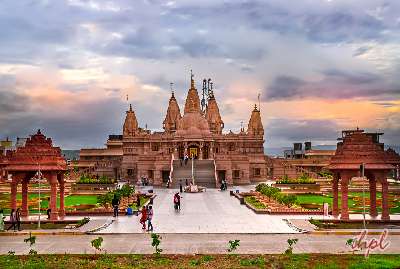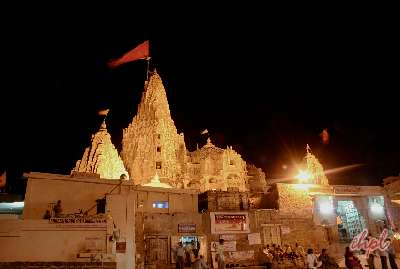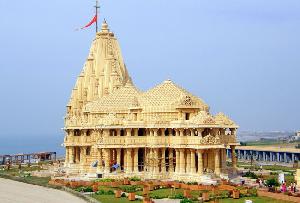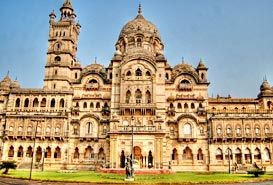Zari Embroidery is done with metallic threads. It is widely recognized for its beauty both by international travelers and domestic tourists. Zari Embroidery of Gujarat, India is a name to reckon with amongst the handicrafts of Gujarat.
Zari Embroidery Technique makes use of metallic threads called kalabattu. At first, the metal ingots are melted into bars of metal which are called pasa. Afterwards, it is lengthened after some more treatments. Subsequent to this, it is pulled through perforated steel plates that finally yields the wires. Tarkashi process follows this where the thread is made thin along with diamond and rubber dies. The finishing stage is named as badla where the wire is compressed and twisted with cotton or silk thread to become kalabattu or kasab. This final product boasts of uniform flexibility, softness, evenness and ductility.
Though Zari thread is utilised widely in weaving, it is quite selectively used in embroidery. Zari Embroidery can be found in different forms which are as follows:
Kataoki Bel: This process makes use of a border pattern that is built of stiff canvas. The entire surface is replete with sequin edging. A variation of this method could be seen in cases of lace made on net that’s filled with spangles and zari stitches.
Kamdani: This lighter needle work can be seen on lighter materials such as veils, scarves and caps. This technique uses ordinary thread and the stitching presses down the wire giving rise to a satin-stitch effect. The resultant effect is stunning and is called by the name of hazara butti (thousand lights) in local parlance.
Mina Work: This method is akin to enamel work. However, the embroidery is made in gold.
Makaish: Considered to be one of the oldest techniques, this is done with badla or silver. The wire itself does the work of a needle, piercing the fabric to complete the stitches. A wide range of designs are made in this fashion.
Tilla or Marori Work: In this process, gold thread gets stitched on the surface of the material with the help of a needle.
Kinari Work: Embellishments are done using zari threads at the borders in the form of tassels.
Gota Work: This technique brings forth a wide variety of texture in the designs as the gold border that’s woven is cut into different shapes.
So, if you wish to purchase some articles having Zari Embroidery on them, book yourself for a Tour to Gujarat sans delay.












